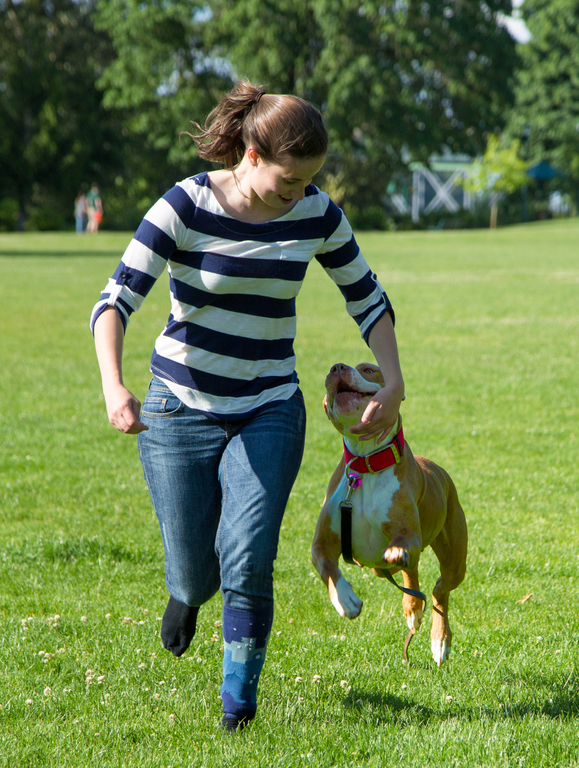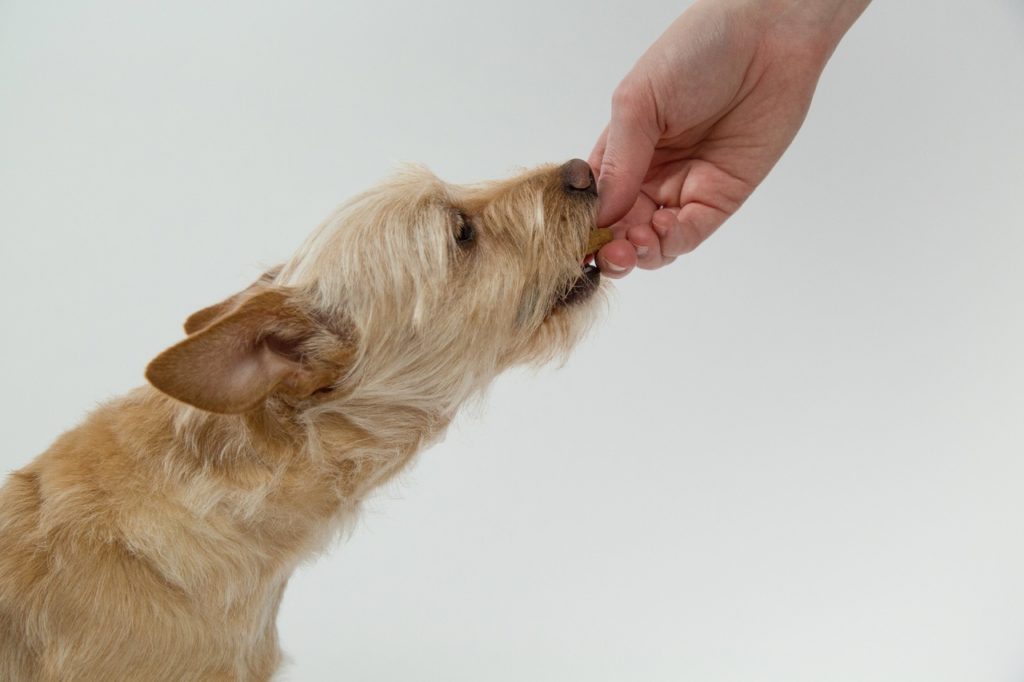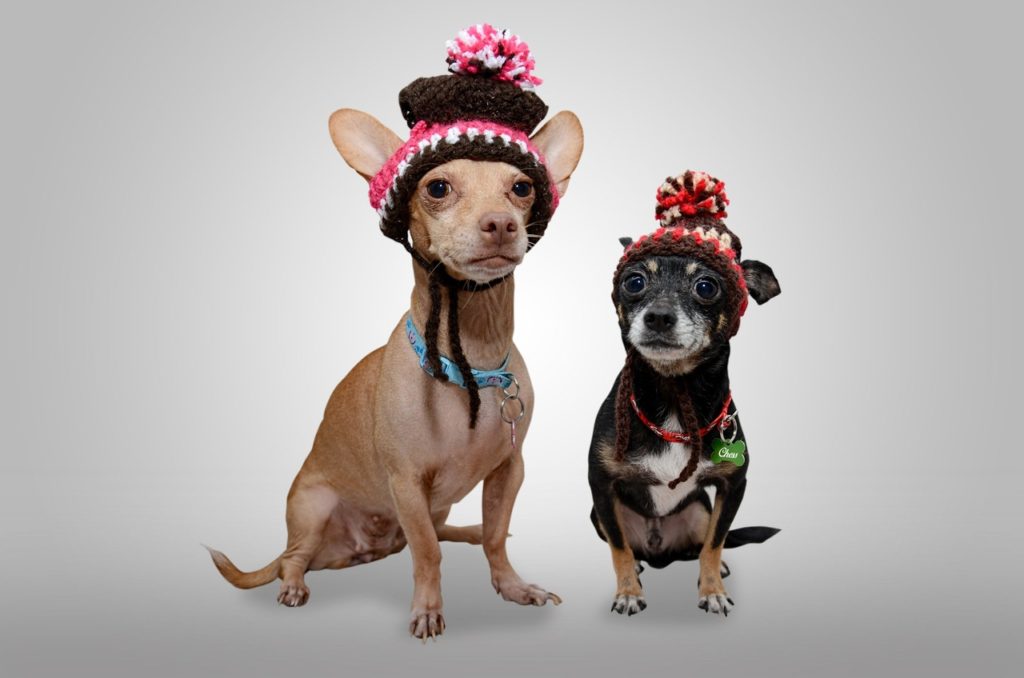Ensuring the health and happiness of large dog breeds demands a comprehensive approach that encompasses various aspects of their care. From tailoring their diet to suit their size and energy requirements to implementing preventive measures against common health ailments, the well-being of these majestic canines hinges on a multifaceted strategy.
As pet owners, understanding how to navigate the nuances of exercise, nutrition, and training is crucial in maintaining a harmonious relationship with our furry companions. However, there is one key element that often gets overlooked, a factor that can significantly impact the vitality and contentment of big dogs.
Key Takeaways
- Feed appropriate food for joint health and proper growth.
- Provide regular, low-impact exercise and mental stimulation.
- Prevent bloat with multiple small meals and slow feeder bowls.
- Maintain a healthy weight to reduce joint stress and mobility issues.
Nutrition and Feeding Tips
What specific dietary considerations should be made to ensure the optimal health of big dog breeds?
Big dog breeds have unique nutritional requirements that must be met to support their overall health. It is crucial to provide food specifically formulated for large or giant breeds, as these contain essential nutrients for healthy joint development. The calcium and phosphorus ratio in their diet is particularly important to prevent joint issues. Feeding puppy food until adulthood is necessary for proper bone and joint growth.
Consulting with a veterinarian for personalized food recommendations, feeding amounts, and transitioning to adult kibble is highly recommended to ensure the well-being of big dog breeds. Proper nutrition is key to keeping these majestic animals healthy and thriving.
Exercise and Activity Recommendations
When considering the health and well-being of big dog breeds, incorporating suitable exercise and activity routines is paramount. Different breeds have varying exercise needs, and it's crucial to tailor their routines accordingly. Big dogs, with their vulnerable joints, should avoid intense exercise during puppyhood to prevent injuries.
After reaching maturity, aim for at least two 30-minute walks daily to maintain their physical health. Furthermore, considering the breed's preferred exercise type can provide both physical and mental stimulation. It's essential to keep exercise fun and low-impact for puppies, gradually increasing activity levels as they transition into adulthood.
Preventing Bloat and Digestive Issues

Considering the susceptibility of large dog breeds to bloat, a critical aspect of their care revolves around preventing this potentially life-threatening condition and addressing digestive issues effectively.
To prevent bloat, avoid strenuous exercise right after meals and opt for multiple small meals throughout the day instead of one large meal. Using a slow feeder bowl can also help regulate their eating pace.
Additionally, monitoring their diet to ensure it is easily digestible and appropriate for their size can aid in preventing digestive issues.
Weight Management Strategies
Weight management plays a crucial role in maintaining the joint health and overall well-being of big dog breeds. To effectively manage your big dog's weight, consider the following strategies:
- Balanced Diet: Provide a nutritionally balanced diet tailored to the specific needs of large breeds.
- Regular Exercise: Engage in daily exercise routines to help control weight and strengthen muscles.
- Monitor Food Intake: Measure meals carefully to avoid overfeeding and adjust portions as needed.
- Veterinary Guidance: Consult with your vet to establish a healthy weight goal and receive recommendations for achieving it through diet and exercise.
Training and Socialization Techniques

To ensure the well-rounded development and behavioral balance of your big dog breed, early training and socialization are imperative. Training your big dog from a young age is essential to prevent behavioral issues as they mature.
Socializing your dog with other animals and people helps in creating a well-adjusted and friendly pet. Well-trained dogs are more obedient and less likely to engage in destructive behaviors.
Training sessions should focus on basic commands, leash manners, and positive reinforcement techniques. Consistency and patience are key when training big dog breeds, as they can be strong-willed.
Starting training early when big dogs are more manageable sets a solid foundation for a healthy relationship between you and your pet.
Creating a Healthy Home Environment
To complement the training and socialization efforts for your big dog breed, ensuring a conducive and healthy home environment is essential for their overall well-being and development.
When creating a healthy home for your big dog breed, consider the following:
- Safe Space: Provide a designated area that is safe and free from hazards for your big dog to rest and play.
- Proper Ventilation: Ensure good airflow in the living spaces to maintain a comfortable environment for your dog.
- Regular Cleaning: Keep your home clean and tidy to prevent the buildup of dirt, dust, and allergens that could affect your dog's health.
- Ample Play Area: Dedicate a spacious area indoors or outdoors where your big dog can exercise and play freely.
Conclusion
In conclusion, prioritizing tailored nutrition, regular exercise, preventive measures against common health issues, effective weight management, training, socialization, and creating a conducive living environment are essential components in maintaining the health and happiness of big dog breeds.
By integrating these holistic approaches into your pet care routine, you can proactively nurture the physical and mental well-being of your loyal companion, fostering a harmonious bond between you and your big dog breed.




